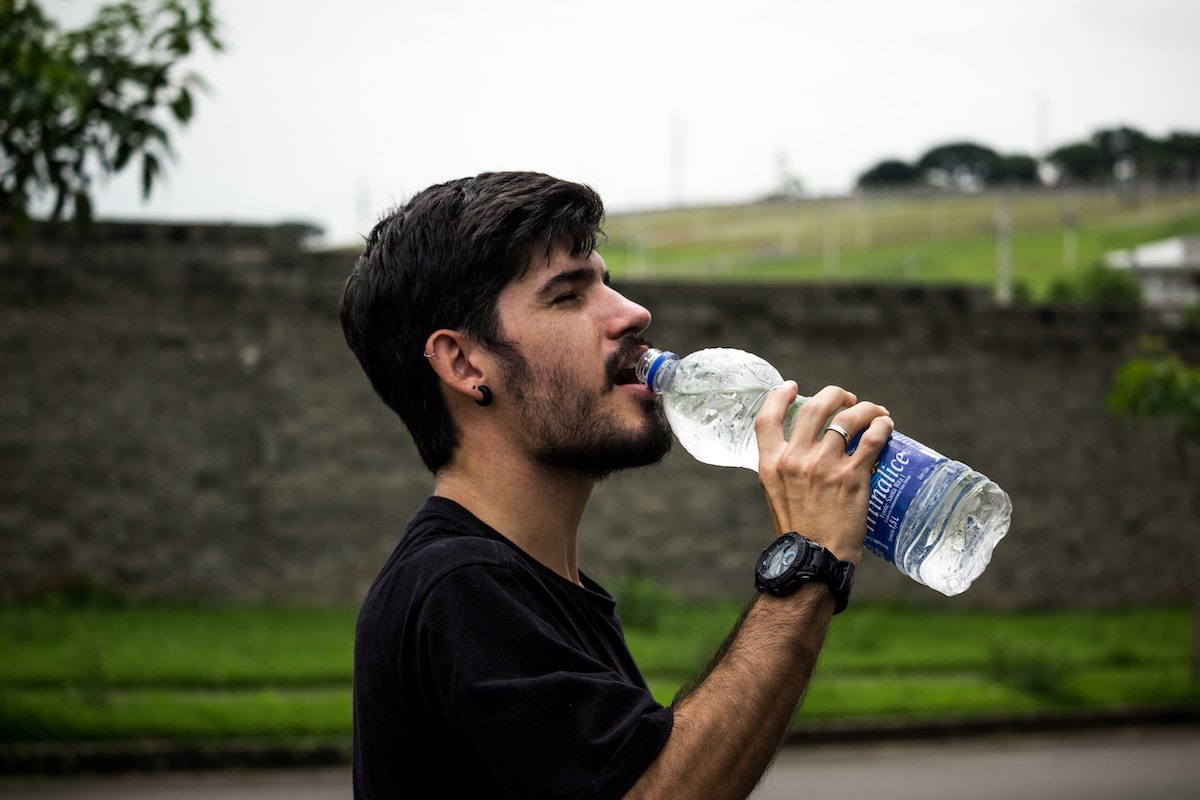
What fuels your workout? A solid pre-workout routine can. Social media is full of delicious smoothie recipes, protein powders, and supplement advice. Creators swear these hacks bolstered their sweat sessions, strength, and overall lifestyle.
Maybe they did, though experts in the health and fitness communities debate the protein powders and supplements. Other pre-workout routine suggestions aren’t as sexy but are tried, true, and likely more effective. Another bonus? Many are more economical. For example, if you’re wondering what to eat before a workout, know it doesn’t have to require protein powder if you don’t want it to. Standard protein sources will do.
Ready to dig in? Here’s what to do before a workout to fuel your fitness goals.

Pre-workout tips that are so easy to apply — you’ll love them
Let’s cut through the social media noise regarding workout tips, namely, what to do before a sweat session. From what to eat before a workout to the best way to stretch, these simple steps will have you off to a running start.
Get a good night’s sleep
Regardless of what time you work out — morning, afternoon, or evening — being well-rested is essential. Getting at least seven hours of sleep, per the CDC’s recommendation, the night before a workout can leave you more motivated to get moving (thereby nixing the idea that you are too tired to exercise). You’re also more likely to get a quality workout and reduce injury chances from poor, tired form.
As a bonus, studies have shown that regular exercise will help you sleep better and longer — a positive cycle that will repeatedly fuel your next-day workout.
Hydrate, hydrate, hydrate
You’ve likely heard to hydrate during and after a workout. However, you’ll want to hydrate before, too. Sipping water only starts hydrating the body. The water needs time to flow through the body. Aim for 17 to 20 ounces two to three hours before exercising and another 8-oz. cup 30 minutes prior as part of a pre-workout routine.
What about coffee? It can dehydrate, but some research shows caffeine can improve calorie burn. A cup of Joe may also wake you enough to jumpstart your workout and boost performance, pushing you to a new PR or doing one last rep. Ultimately, you’ll want to figure out what works for you. If coffee combined with lots of water helps, go ahead and sip both pre-workout.
What to eat before a workout
There’s conflicting advice on this one. Two factors are generally in play: The type of workout and your personal preferences.
Before high-intensity workouts, opt for a low-fiber carbohydrate like a banana, grapes, or melon 60 minutes before your sweat session. These foods are easier to digest and will cause less cramping and bloating (neither are conducive to physical activity).
Endurance and low-intensity athletes can opt for a carb-protein combo about 60 minutes before a workout. The carb can have more fiber. Greek yogurt with blueberry or a turkey sandwich on whole wheat bread fits the bill.
Ultimately, you’ll want to figure out what works best for you.
Dress to impress
Wearing the right clothes can make a world of difference in your performance and enjoyment of your workout. Make sure any applicable shoes fit correctly. Try going to a local shoe shop, where a staffer can help you find your personal best fit and recommend any orthotics for issues like over-pronating. This step reduces injury risk.
Avoid loose-fitting clothes during workouts like yoga, which require you to contort the body and flow through exercises. Loose clothes will get in the way of your flow.
If working outside in the winter, dress in warm layers and moisture-wicking clothes. Putting hand warmers in your gloves can be clutch.
Dynamic stretches
Dynamic stretches involve moving your body, a departure from static stretches that do not. These stretches are ideal for pre-workout routines because they mimic moves you may be doing during physical activity. Some examples:
- Hamstrings. Stand with feet about shoulder-width apart. Extend one leg with toes pointing toward the ceiling. Extend both arms and lower your upper body toward the thigh of the outstretched leg with arms swooping downward. Return to the starting position, and repeat on the opposite side for about one minute.
- Quads. Pull one ankle back toward the glute as if you’re doing a normal standing quad stretch. Hold for a breath. Do the same on the opposite side. Repeat for a minute.
- Lunge walk. Stand with feet parallel and about shoulder-width apart. Take a large step forward and assume a lunge position. Hold for a breath. Repeat on the opposite side, moving forward with each rep. Do it for one minute.
- Arm circles. Extend arms, bringing them to shoulder height. Circle them forward for 30 seconds. Circle them backward for 30 seconds.

Do you really need a pre-workout supplement?
Probably not. Though pre-workout supplements are popular on social media, you likely get everything you need from your daily diet. If you’re concerned or have a condition, such as anemia, or adhere to a specific diet, such as vegan, daily supplements may be recommended regardless of your physical activity level. However, these are specific to patients; you’ll want to seek professional advice.
The best pre-workout routine doesn’t come in a bottle (well, unless you’re talking about a water bottle). Lifestyle tweaks to get more sleep, more water, nutritious foods, and stretching, plus the right outfit, should have you on your way.



